Giacometti, Alberto
Alberto Giacometti was a Swiss sculptor and painter, born on October 10, 1901 and died on January 11, 1966. Fascinated by the representation of the human figure, he left the onirism of André Breton's movement to develop a more personal style, characterized by filiform figures reduced to essentials, such as the sculpture L'Homme qui marche . Read the biography
Displaying 1-12 of 34 resultsSortedfrom newest to oldest
-

Endless Paris
Alberto Giacometti
30 000€
-

Paris sans fin, plate 58
Alberto Giacometti
600€
-

Derrière Le Miroir n° 39-40, 65, 98, 127
Alberto Giacometti
1 500€
-
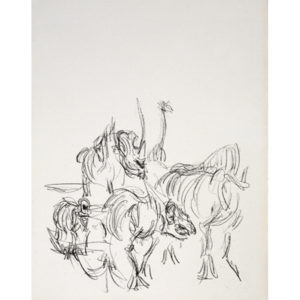
Paris sans fin, plate 82
Alberto Giacometti
450€
-
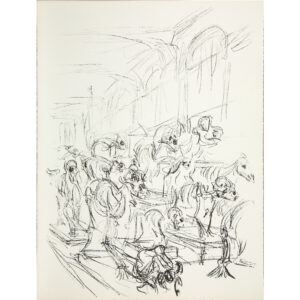
Paris sans fin, plate 81
Alberto Giacometti
500€
-
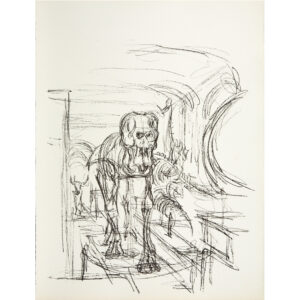
Paris sans fin, plate 80
Alberto Giacometti
500€
-

Paris sans fin, plate 40
Alberto Giacometti
550€
-

Paris sans fin, plate 17
Alberto Giacometti
SOLD
-

Paris sans fin, plate 119
Alberto Giacometti
300€
-

Paris Sans Fin (Fac-Similé)
Alberto Giacometti
29€
-
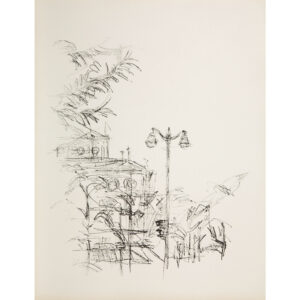
Paris sans fin, plate 74
Alberto Giacometti
SOLD
-
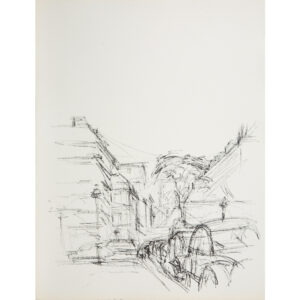
Paris sans fin, plate 70
Alberto Giacometti
SOLD
